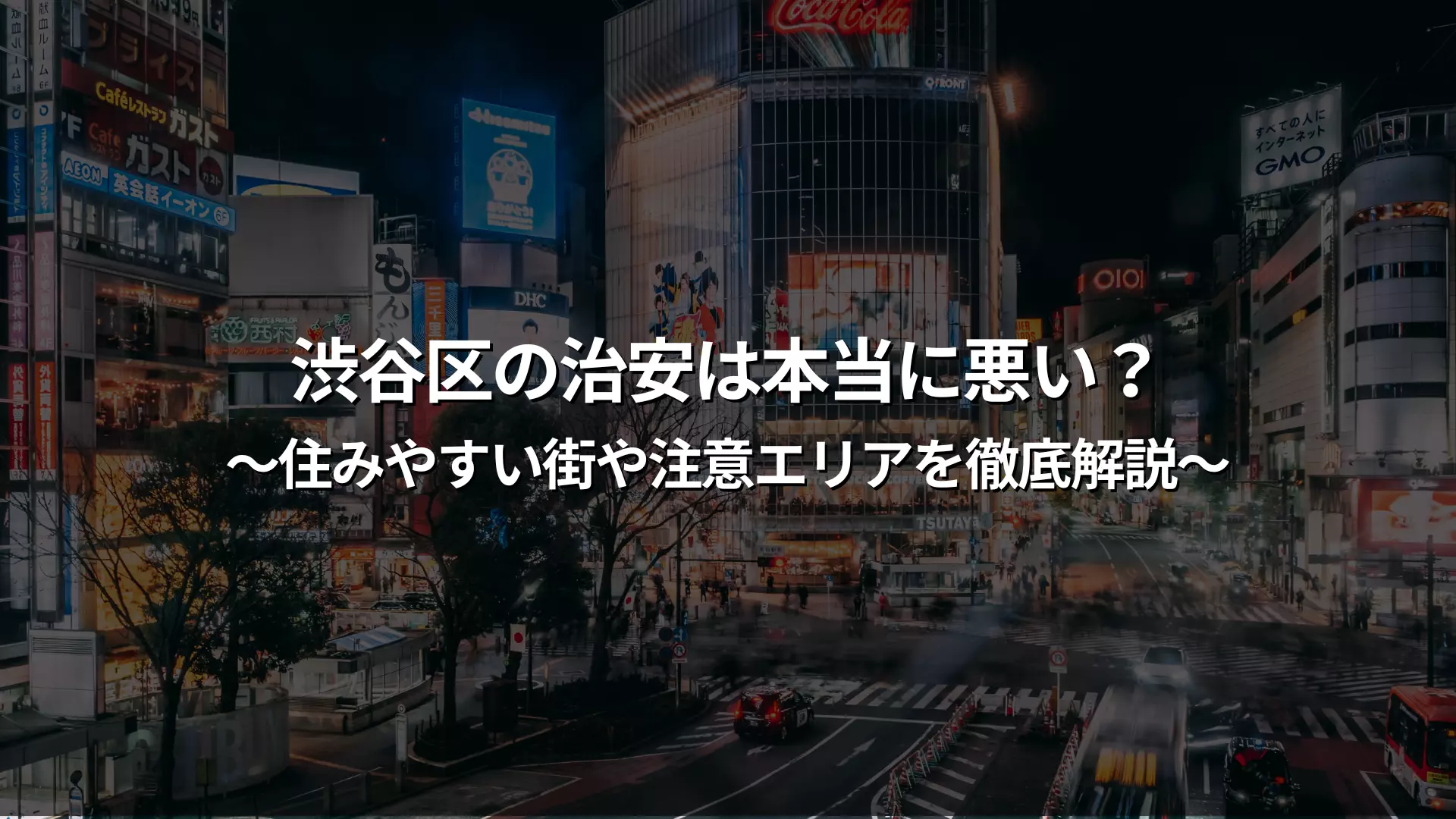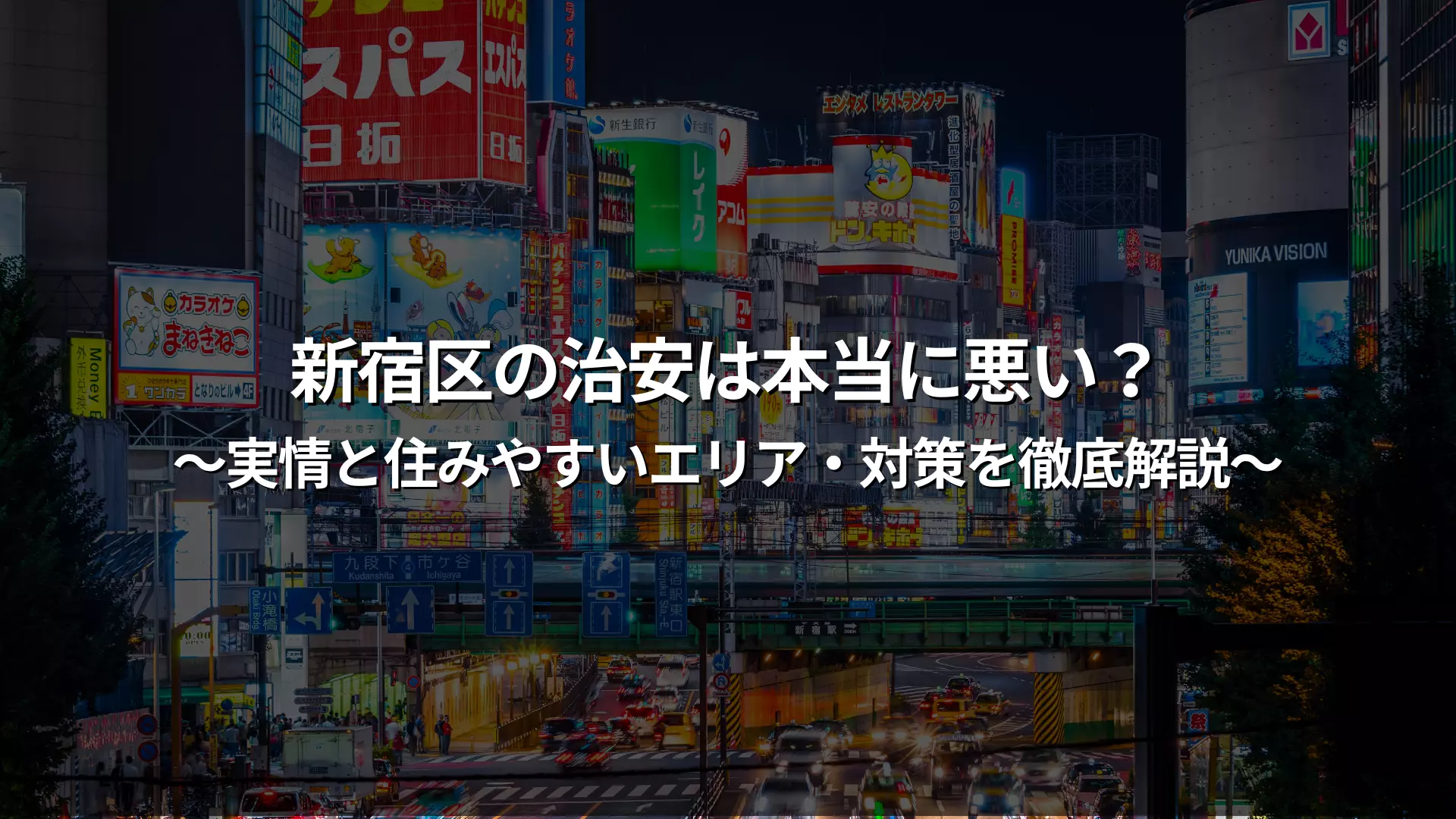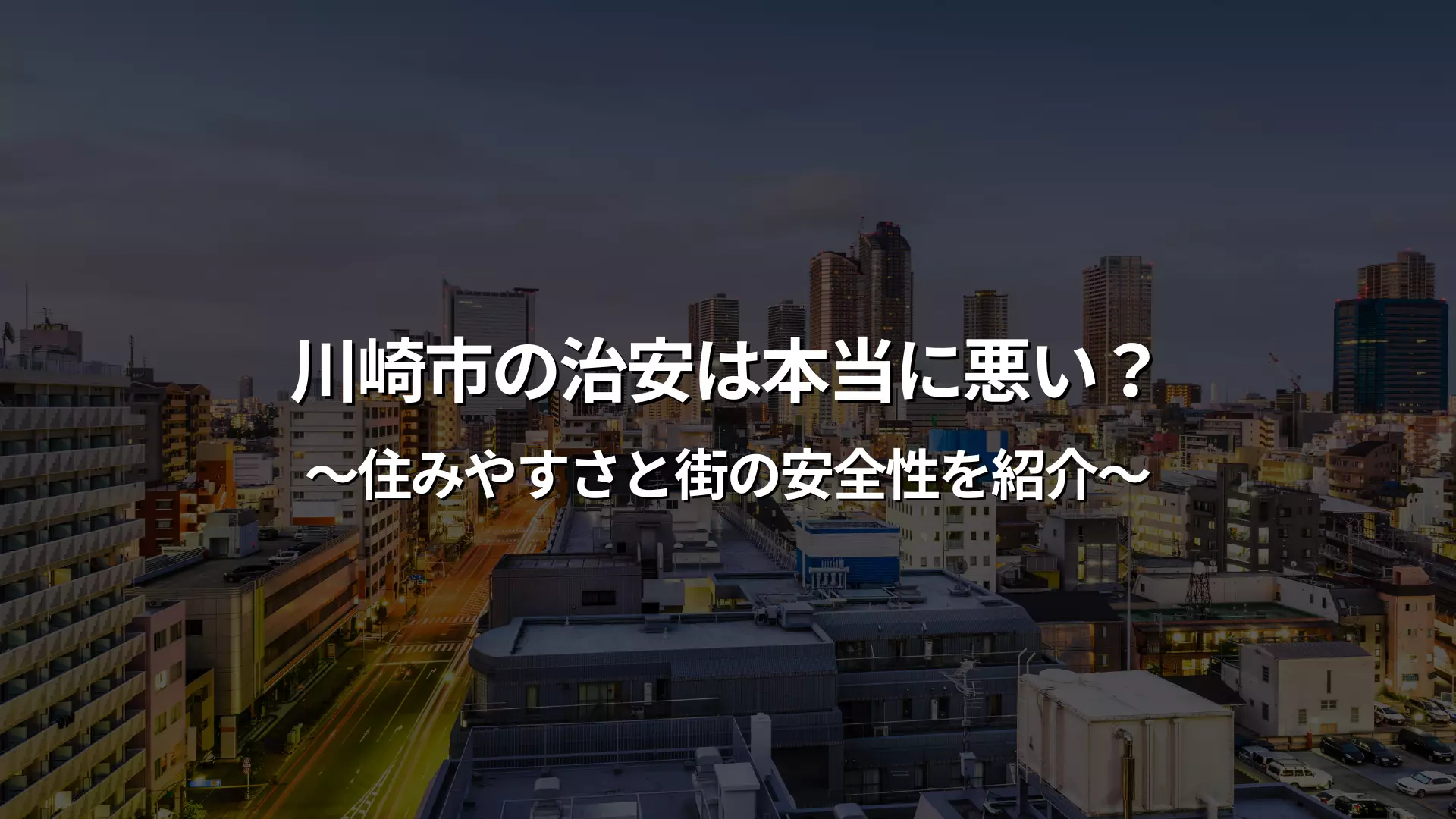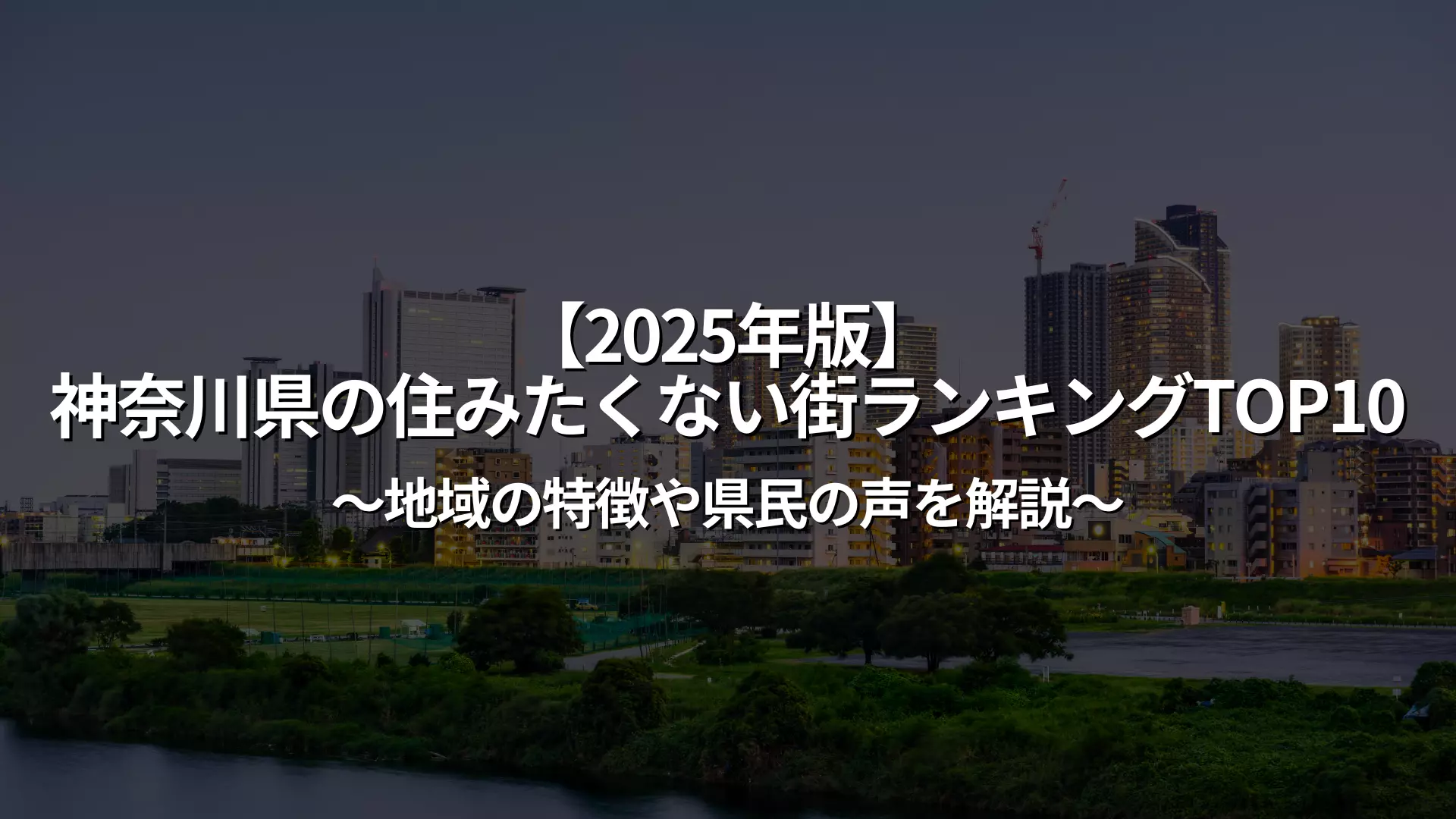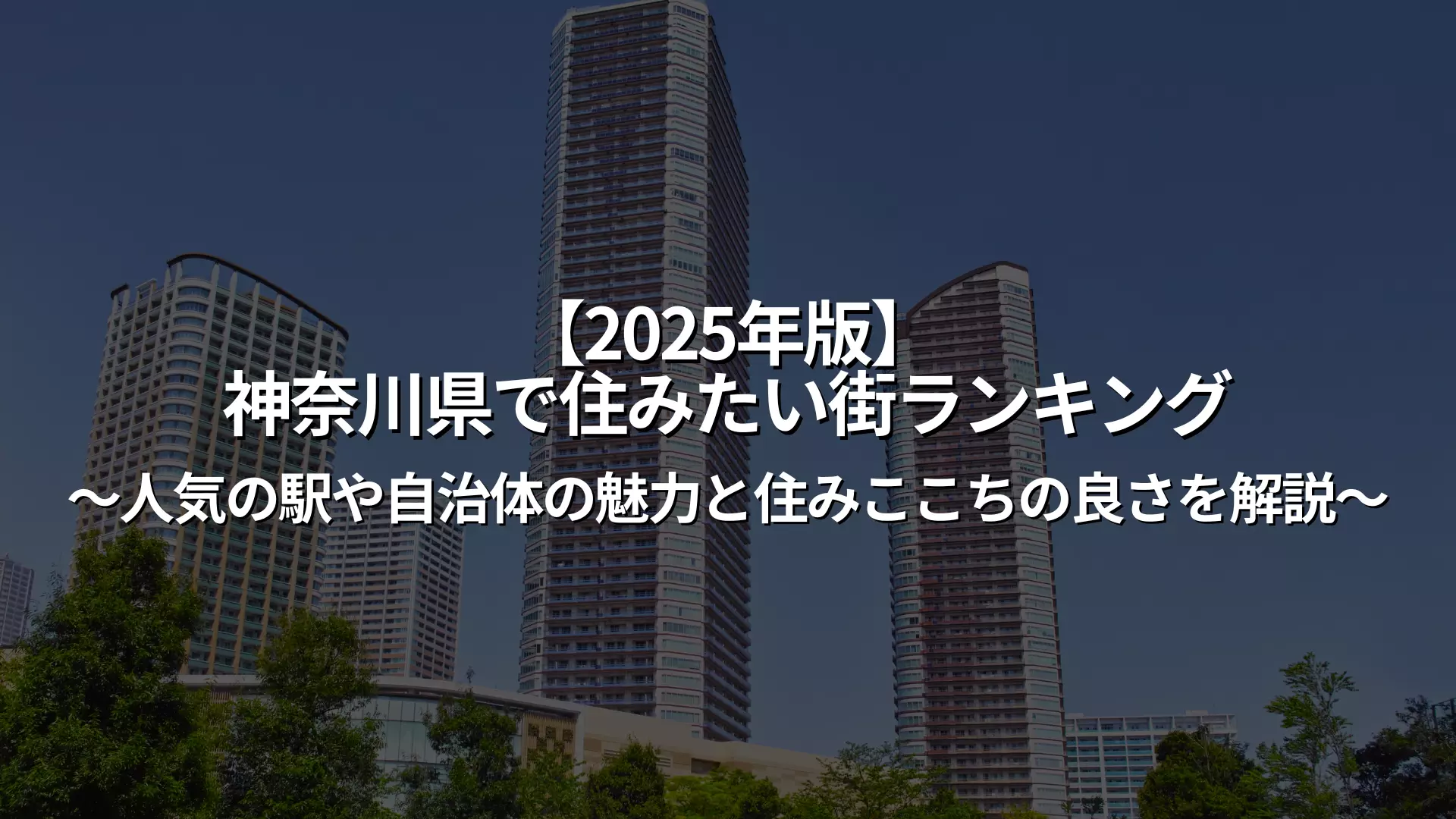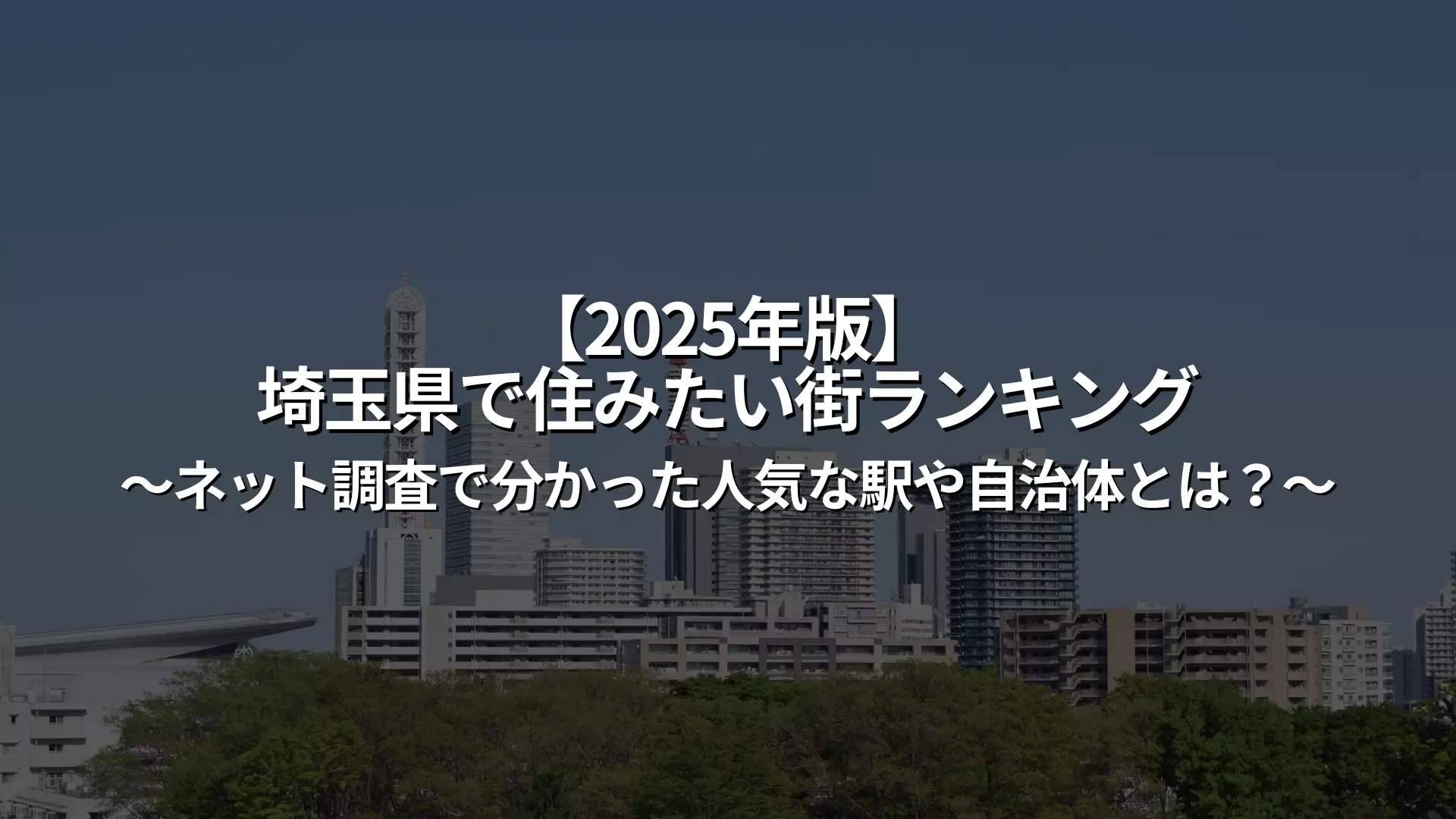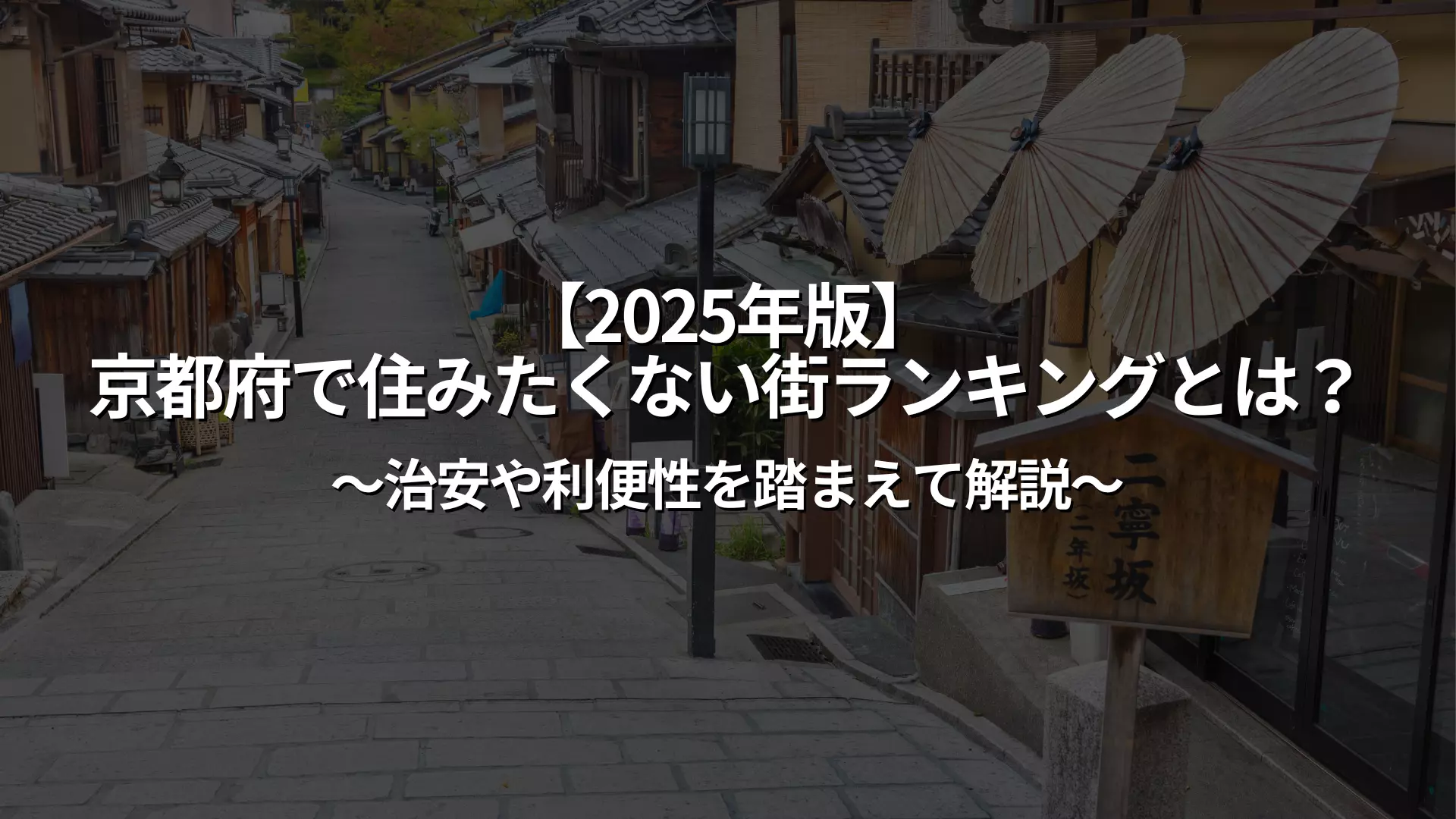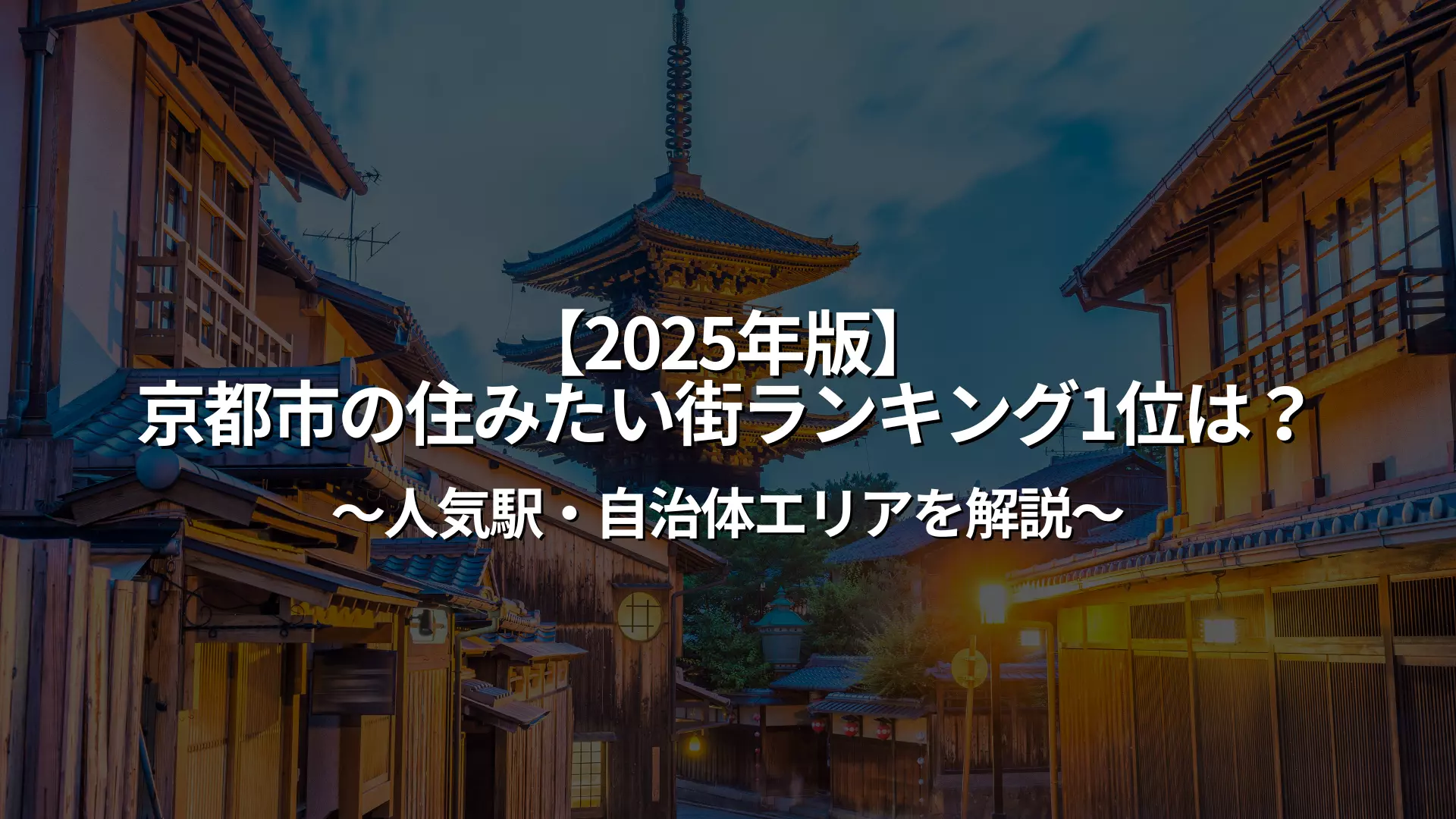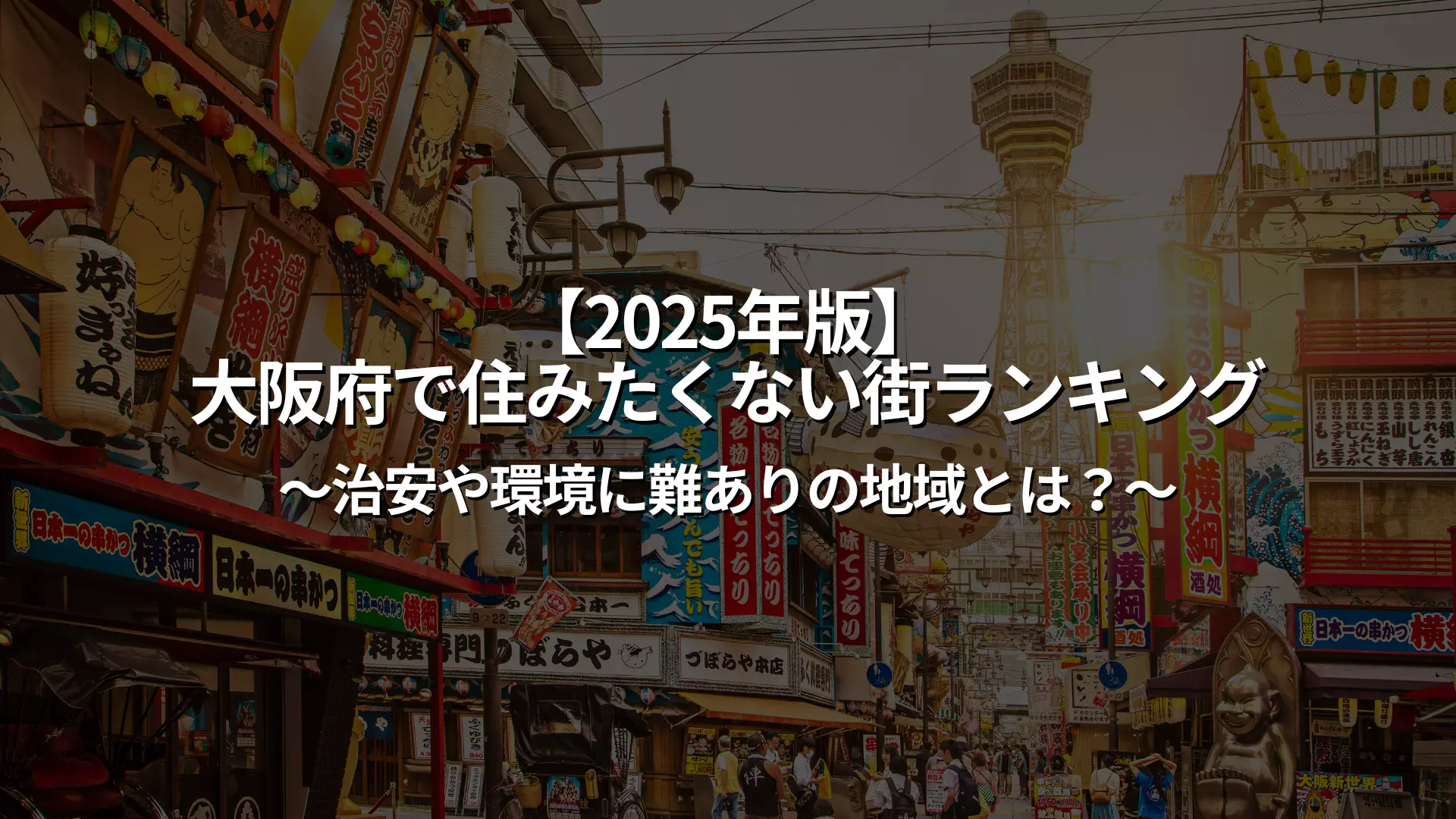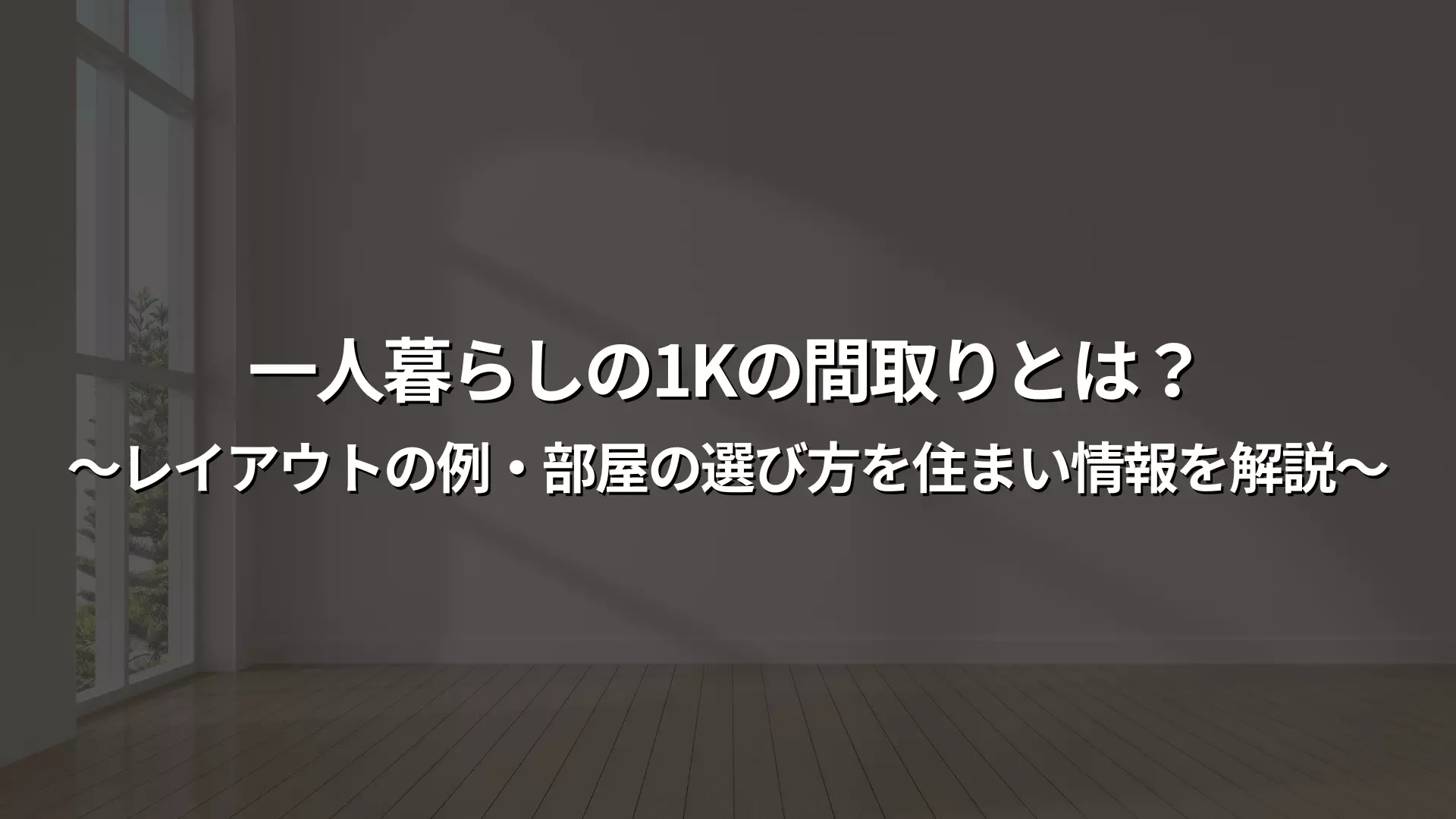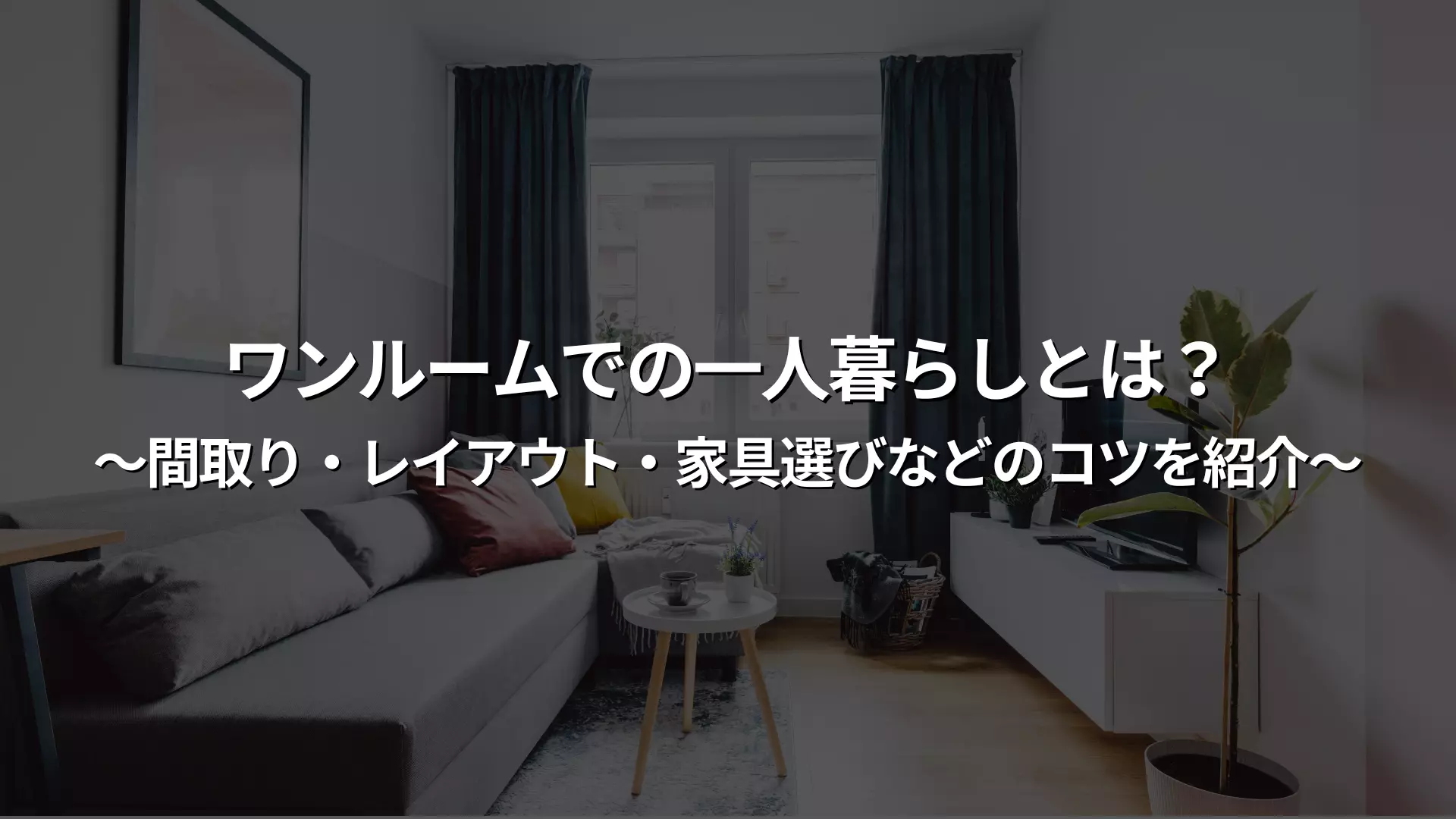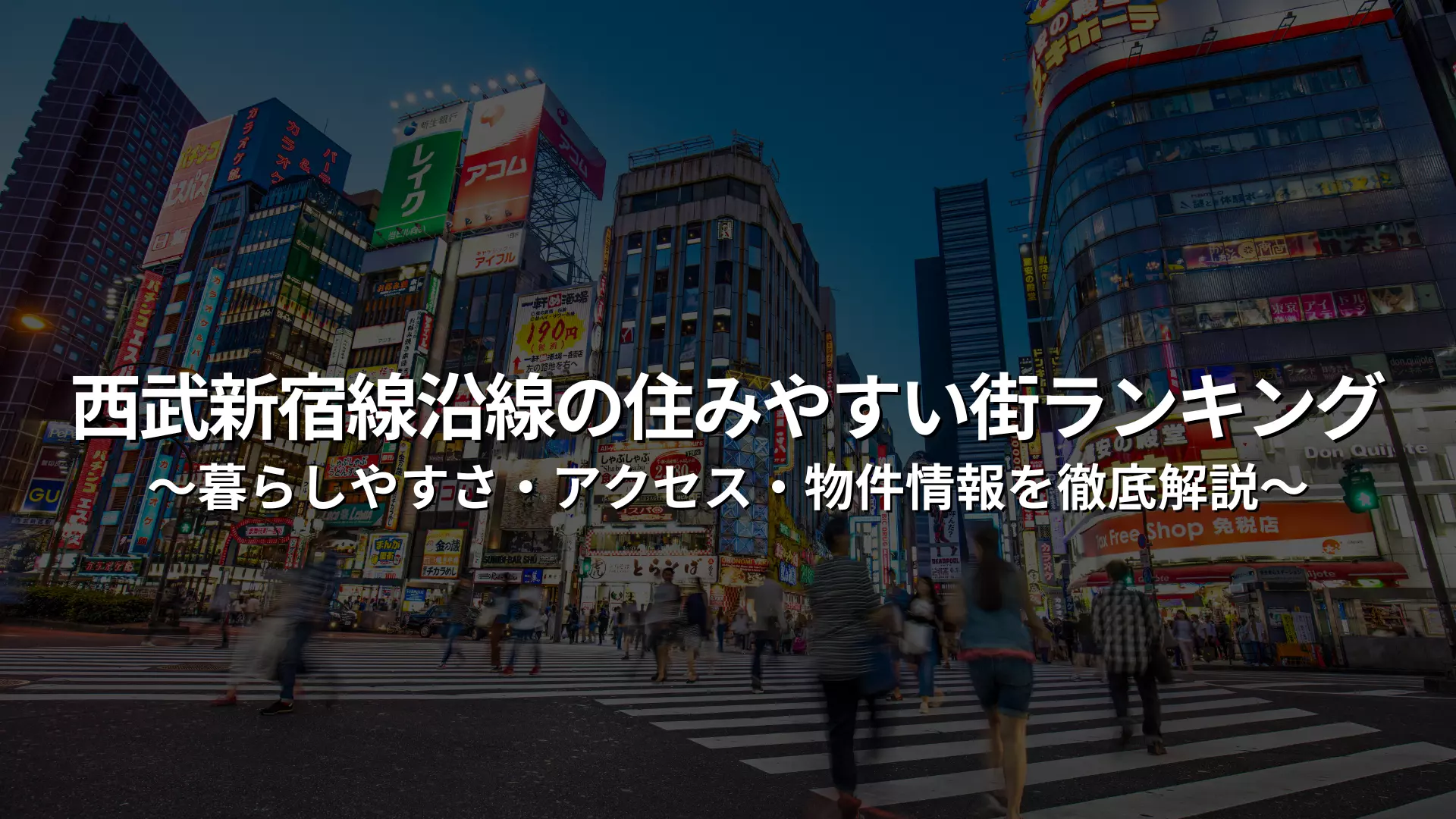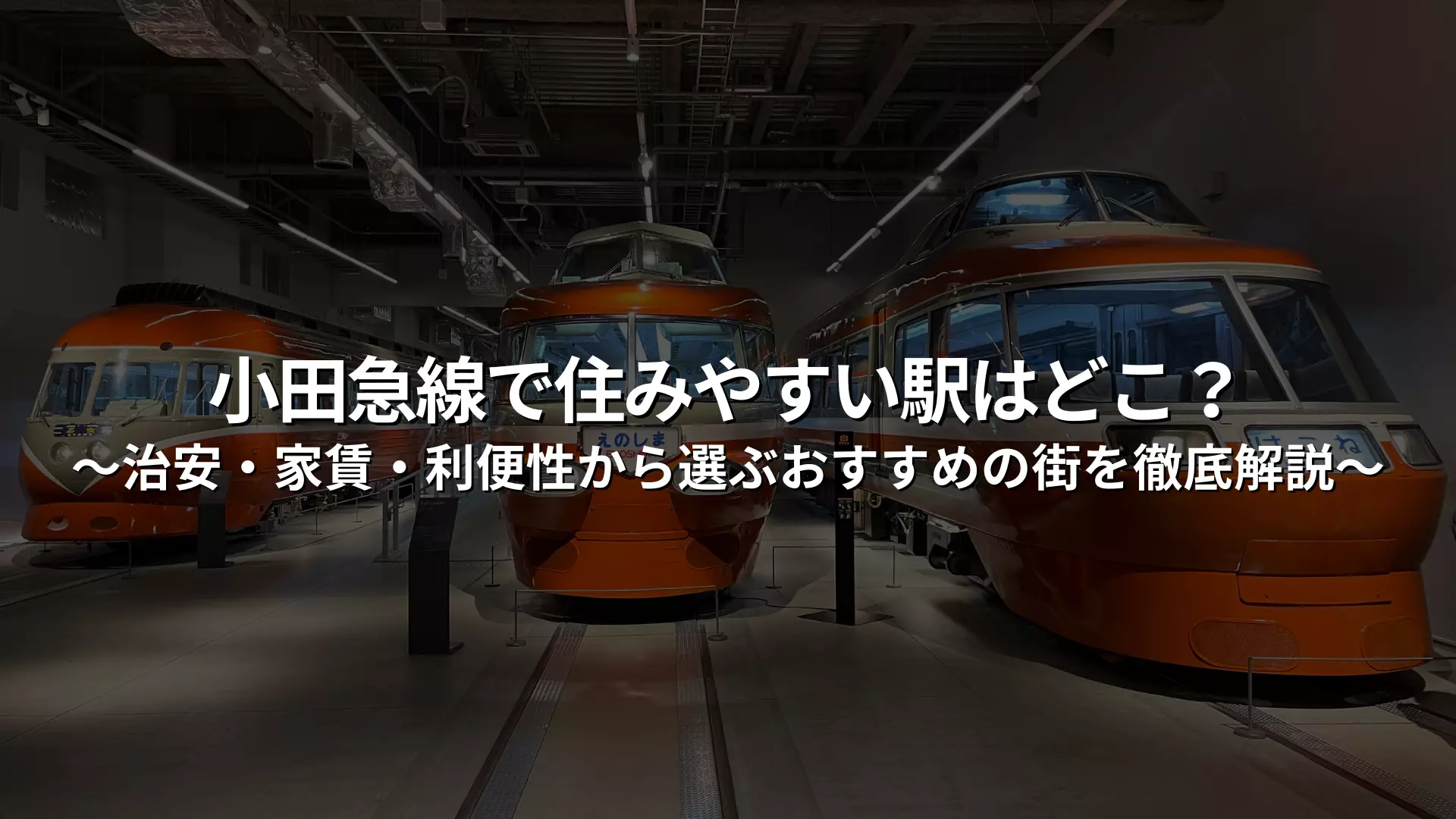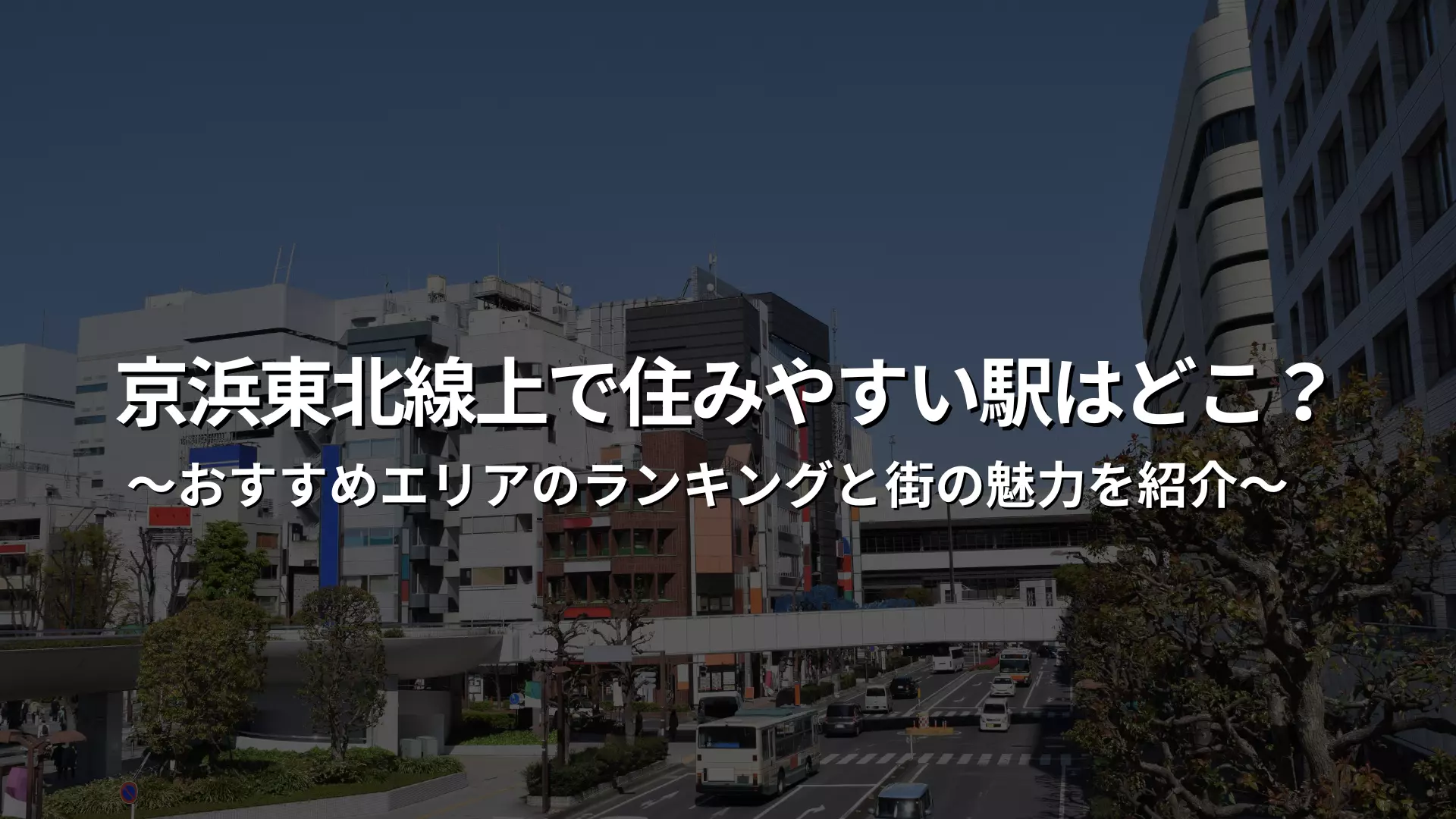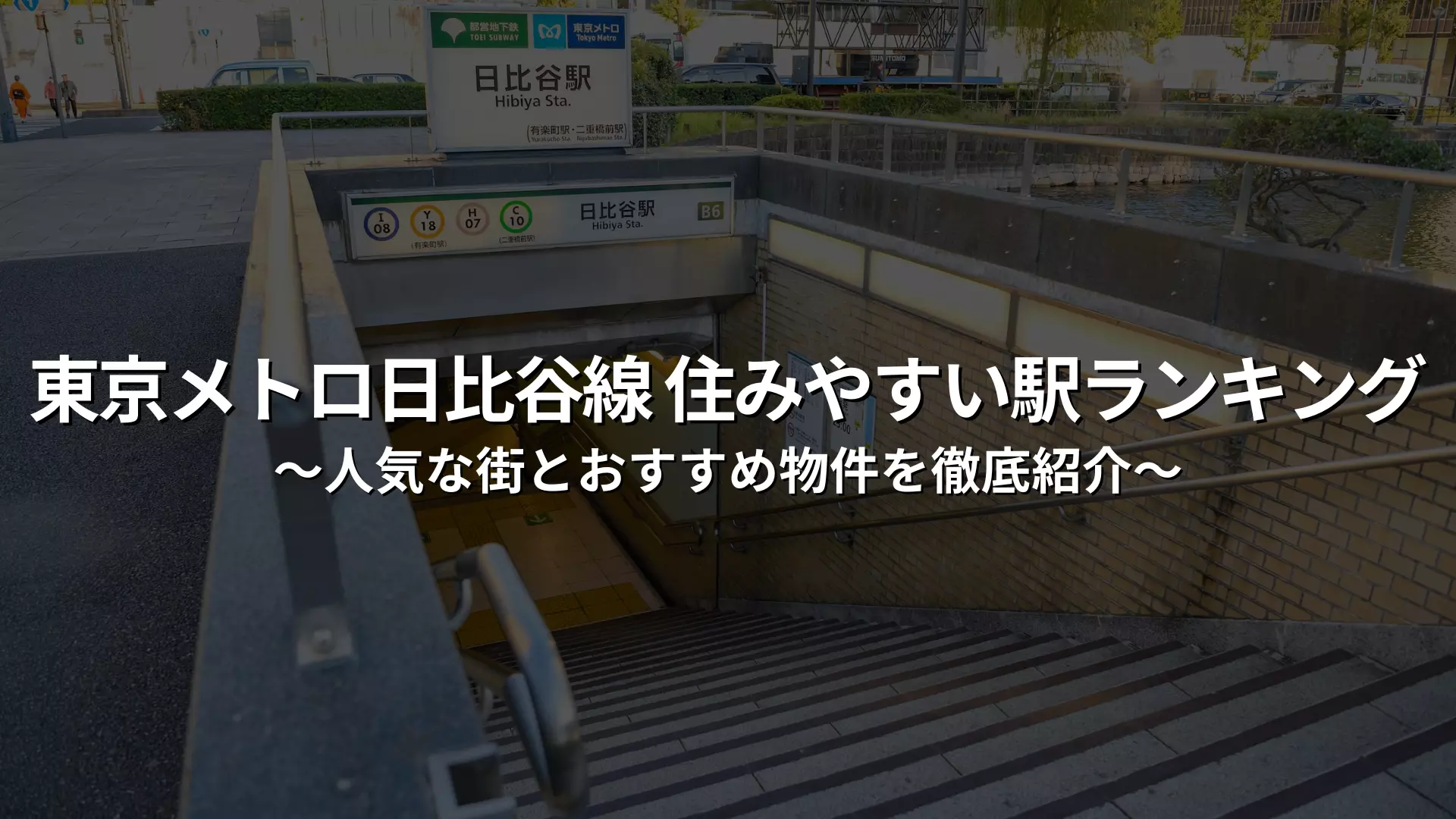What is the ranking of cities in Saitama Prefecture that people don't want to live in?
The ranking of Saitama Prefecture's least desirable cities compiles and presents areas that are perceived as difficult to live in, based on factors such as resident word of mouth, local safety, convenience for living, and transportation access.
Kawaguchi City, Omiya Ward, Warabi City, etc. often rank highly, and the ranking is attracting attention as a way to visualize the "reason why people don't want to live there." It is a useful source of information for people who want to understand the real reputation and issues of an area before relocating or moving.
Ranking Selection Criteria
The ranking of Saitama Prefecture's least desirable cities is based primarily on word-of-mouth reviews from residents and internet users.
The evaluation emphasizes real-life experiences related to daily life, such as poor public safety, inconvenient transportation, noise and garbage issues, and the quality of public services, and reflects not only quantitative data but also the subjective "difficulty of living in the area." By taking these criteria into account, it is easier to obtain an evaluation that is close to the actual level of residential satisfaction.
Data source and research methodology
The data used for this ranking is compiled from multiple sources, including surveys on moving information sites, social media and review posting sites, and survey results. It is characterized by reflecting the experiences of people who have actually lived in the area, and also takes into account statistical safety data and usage of real estate sites.
By combining multiple sources of information, we are able to create more reliable rankings.
Why "livability" is becoming a hot topic in Saitama Prefecture
Saitama Prefecture is a popular residential area with good access to the city center, but at the same time, there are many people who feel that it is "difficult to live in." Especially in Kawaguchi City and Omiya Ward, high population density, noise, and concerns about security seem to affect the livability of the area.
In addition, there are differences in the availability of public transportation and medical facilities depending on the area, and the disparity in convenience and sense of security is also a cause for discussion. Because elements of rural and urban areas coexist, opinions are easily divided.
Top 10 cities in Saitama prefecture you don't want to live in
In this chapter, we will introduce a ranking of cities in Saitama Prefecture that people say they "don't want to live in." Influenced by factors such as poor public safety, noise, poor convenience, transportation access, and the image of the area, areas that are often talked about by residents and online have ranked highly.
It is important to understand the characteristics of cities that receive negative reviews in order to know what to look out for when choosing a place to move to. We will explain the background of each city and the reasons why they are difficult to live in.
No.1: Kawaguchi City
Kawaguchi City is highly convenient as it borders Tokyo, but it is ranked number one as the "city people don't want to live in" due to poor security, noise, littering, and problems with foreign residents.
While redevelopment around the station is progressing, problems of regional disparities and manners have also been pointed out. Many people feel stressed in exchange for convenience, and it is an area that needs attention as it has issues with the balance of the living environment.
2nd place: Omiya Ward, Saitama City
Omiya ward has many commercial facilities and excellent transportation access, but there are many complaints that it is too crowded, unsettling, unsafe, and full of drunks and noise. Although it is convenient because it is close to the downtown area, it may not be suitable for people who want a quiet and secure life.
Additionally, high prices and rents are also factors that make the area seem "difficult to live in."
3rd place: Warabi City
Warabi City, known as the smallest city in Japan in terms of area, has been criticized for its cramped lifestyle due to its high population density, the chaotic impression around the station, and the cultural gap between Japanese and foreign residents.
There are also concerns about public safety, with some people feeling uneasy about the atmosphere, especially at night. Although the area is close to Tokyo and has convenient transportation, it tends to be avoided by people looking for a quieter living environment.
4th place: Urawa Ward, Saitama City
While the area is highly regarded as an educational and administrative center, high rents and prices, as well as the pressures of a strong educational focus, are cited as reasons why the area is "difficult to live in."
In addition, due to its convenience, there is a lot of traffic, which can make it unsettling for people who dislike crowds and noise. Although the area is relatively safe, some people feel that it is difficult to balance the cost and living environment.
No.5: Soka City
While Soka City has good transportation access, safety issues, garbage problems, and noise pollution make it an area that many people say they "don't want to live in."
The atmosphere varies from area to area, with some areas being quiet residential areas and others where you may feel uneasy at night. Redevelopment has been progressing in recent years, but it is said that it will take time to improve the image.
6th place: Koshigaya City
Koshigaya City has many large commercial facilities and is highly convenient, but it has been criticized for chronic traffic congestion, congestion around stations, and poor urban planning. Some areas are at risk of disasters, so if you move there without checking the hazard map, you may regret it.
Additionally, a lack of infrastructure and issues with education and medical care due to population growth are contributing factors making the area difficult to live in.
No.7: Kawagoe City
Kawagoe City is famous as a city of history and tourism, but the crowds, local noise, and lack of parking spaces that are typical of tourist destinations can be stressful for residents. The boundary between tourist areas and residential areas is unclear in some places, which can be inconvenient for people looking for a quieter lifestyle.
Additionally, commuting to Tokyo takes a long time, so access can also be an issue.
No.8: Kumagaya City
Kumagaya City is known as the "hottest city in Japan," and the intense heat has a major impact on daily life. The burden of going out in the summer and the high cost of utilities are major factors that make people feel like they "don't want to live there."
Furthermore, there are residential areas far from train stations and areas with poor public transportation access, which can be inconvenient for elderly people and those raising children. The rising cost of living cannot be ignored.
9th place: Tokorozawa City
Tokorozawa City is an area blessed with lots of greenery and nature, but there have been concerns about the safety of the area around the station and how dark it is at night.
Additionally, crowded trains and long access times to the city center are also factors that make the area seem "difficult to live in."Furthermore, there are relatively few commercial facilities, and some people complain that it is inconvenient to do their daily shopping, so the area remains a challenge in terms of balancing convenience and safety.
10th place: Chichibu City (Chichibu District)
Chichibu City is rich in nature and is a popular tourist destination, but the lack of infrastructure, a transportation environment that requires car travel, and a lack of medical and educational facilities are reasons why people say they "don't want to live there."
The inconveniences of life are particularly noticeable for young people and dual-income households, and people who seek convenience in their daily lives tend to shy away from it. Although it is an attractive place to move to, there are still issues regarding livability.
Search from 6,523 rooms of 892 properties
Commonalities between cities in Saitama Prefecture that people don't want to live in
Cities in Saitama Prefecture that people say they "don't want to live in" have several common characteristics.
The most representative ones are:
- Public safety concerns
- Poor transportation accessibility
- Lack of medical and educational infrastructure
- These are climatic risks such as natural disasters and extreme heat.
The combination of these factors makes people more likely to feel stressed and inconvenienced in their daily lives, leading to lower residential satisfaction. It is important to pay attention to these factors when choosing a home.
Areas with security concerns
In cities in Saitama Prefecture that are considered difficult to live in, concerns about public safety are often raised.
- Information on nighttime noise and suspicious people
- High crime rate
- Troubles around the station
These are cited as reasons why people cannot live in peace.
There are also cases where cultural friction and bad manners between foreign residents and foreign residents are considered problems. To choose a city where you can live safely, it is a good idea to refer to police station data and the opinions of local residents.
Transportation convenience is poor
Areas with poor transportation accessibility tend to have longer commute times and less comfortable living conditions. Even within Saitama Prefecture, areas with problems such as few trains and buses, being far from the city center, and having poor access to train stations are often named as "places people don't want to live in."
This is a major disadvantage especially for single people and elderly people who do not own a car, and it directly leads to stress in everyday life.
Weak medical and educational infrastructure
In areas where there are a shortage of medical institutions and educational facilities, people are more likely to feel anxious about responding to emergencies and raising children. Even within Saitama Prefecture, in suburban and sparsely populated areas, hospitals and elementary and junior high schools are often far away or have old facilities, leading to complaints that the areas are "difficult to live in."
Especially for elderly people and families, the level of infrastructure is an important factor in choosing a place to live.
Risk of natural disasters and extreme heat
Saitama Prefecture is often said to have few natural disasters, but some areas are at risk of typhoons, river flooding, and inland flooding. Furthermore, as typified by Kumagaya City, many areas experience extreme heat in the summer, which can affect daily life due to utility bills and health risks.
These climate and disaster risks are one of the things that people seeking a comfortable life should avoid, and are a major reason why people do not want to live in those areas.
How to identify livable cities in Saitama Prefecture
Saitama Prefecture has many cities that are easy to live in, but in order to determine which area is right for you, it is important to keep a few points in mind.
For example, important factors include good public safety, convenient transportation access, the availability of living infrastructure such as commercial facilities, hospitals, and schools, and the balance with rent and other prices.
In this chapter, we will introduce how to judge "livability" from each perspective, as well as cities that are actually rated as being livable.
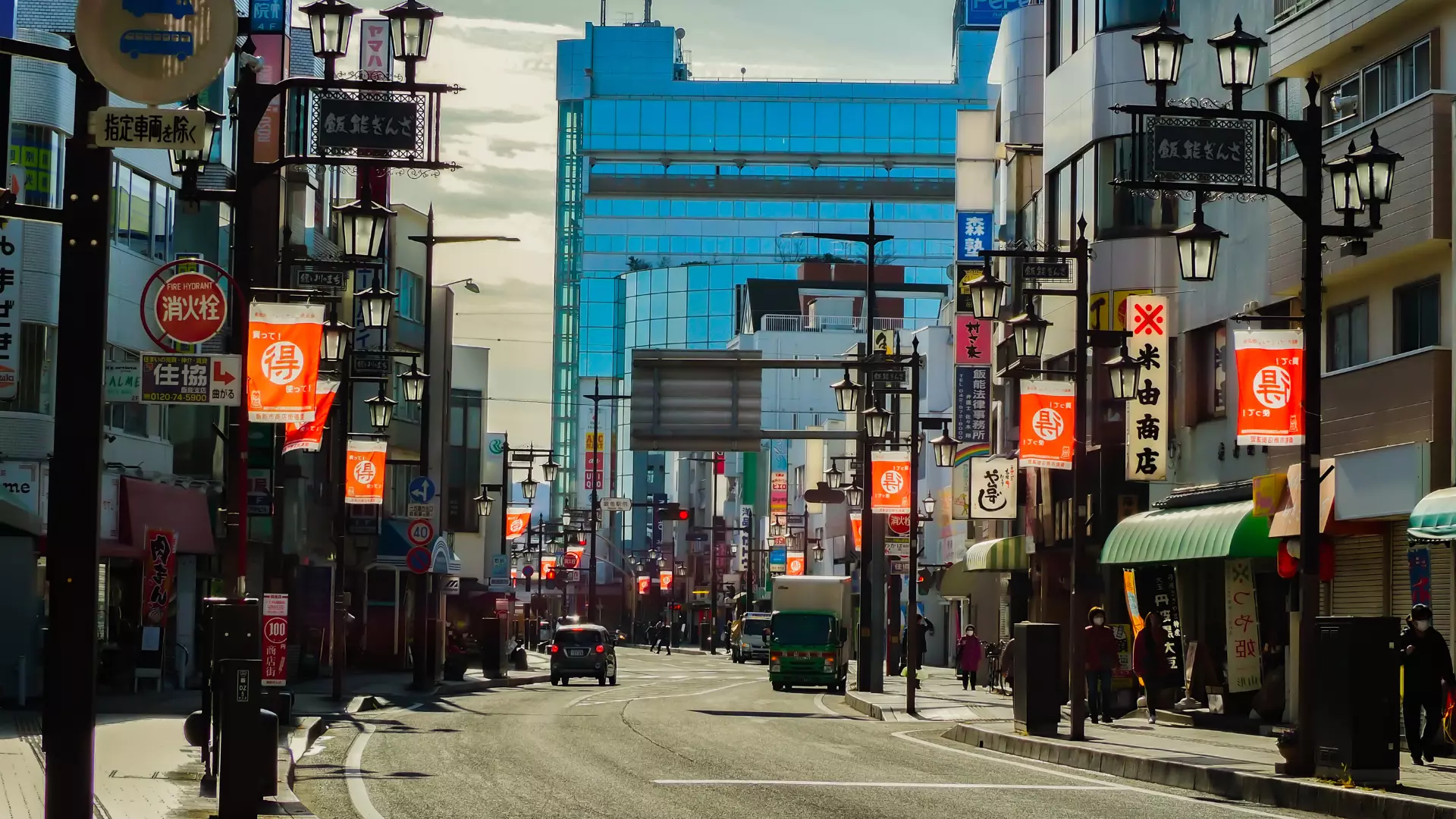
If you value good public safety
Good public safety is an important criterion for choosing a city, especially for women and families. Cities in Saitama Prefecture that are considered to have good public safety are characterized by low crime rates, well-maintained streetlights, and areas with a lot of foot traffic.
For example, the Urawa area, which has many educational districts, and Wako City, which has newly developed residential areas, are popular as safe places to live. It is also effective to check crime prevention information from police stations and local governments.
Is the transportation and living infrastructure well developed?
Convenience of transportation and infrastructure is essential for daily life, such as commuting to work or school, shopping, and access to medical facilities. Cities in Saitama Prefecture that are considered easy to live in have in common that they are close to JR and private railway stations and have smooth access to Tokyo.
In addition, having supermarkets, drugstores, hospitals, and childcare facilities within walking distance also greatly affects the ease of daily life. Areas around stations where redevelopment is progressing are particularly noteworthy.
Key points to consider when balancing rent and prices
Livability is not just about convenience and the quality of the environment, but also about the balance between rent and the cost of living. Even on the same line, rent can vary greatly from station to station, so it's important to determine whether there is a good balance between the living environment and costs.
For example, even if the location has good access to the city center, if the rent is too high it can put a strain on your life, so it's important to choose a city that fits your budget. It's a good idea to check the land prices and supermarket price ranges as well.
Search from 6,523 rooms of 892 properties
Top 5 Livable Cities in Saitama Prefecture
Saitama Prefecture is dotted with "livable towns" that have a good balance between transportation convenience and living environment. Areas with good access to the city center and high ratings for their living infrastructure and public safety are particularly popular.
Here we will introduce five carefully selected areas in Saitama Prefecture that are popular with both families and single people. If you are considering moving or relocating for the first time, be sure to check out the surrounding environment and convenience of each station.
①Around Saitama-Shintoshin Station
Saitama Shintoshin is accessible via the JR Keihin Tohoku Line, Utsunomiya Line, and Takasaki Line, making it a very convenient area for commuting to the city center. Large commercial facilities such as "Cocoon City" and government offices are located around the station, making it extremely convenient for daily life. The area is also relatively safe, making it popular with families and dual-income households.
Thanks to the progress of redevelopment, the cityscape has been improved and the area boasts one of the highest levels of livability within Saitama Prefecture.
②Around Musashi-Urawa Station
Musashi-Urawa is a highly convenient station where the JR Saikyo Line and the Musashino Line intersect, and it also has good access to Ikebukuro and Shinjuku. In front of the station, there is Ramza Tower, a supermarket, a clinic, a nursery school, etc., all compactly located, making it an extremely convenient place to live.
In addition to being a safe area, the area is home to many quiet residential areas, making it popular with a wide range of people, from families with children to single people. The area offers an appealing balance between urban functions and a peaceful living environment.
③Around Wakoshi Station
Wakoshi Station, which is served by the Tokyo Metro Yurakucho Line, Fukutoshin Line and Tobu Tojo Line, has excellent access to Tokyo and is especially popular among people who work in the city center. There are commercial facilities and restaurants in front of the station, and most of the things you need for daily life are available close to the station.
It is safe and has many residential areas with a calm atmosphere, making it suitable for women living alone and families. It is also attractive for its convenient commute and good cost performance.
④Around Ageo Station
Ageo Station, located on the JR Takasaki Line, is known for being one of the cheapest areas in Saitama Prefecture, and is a place where you can live comfortably while keeping housing costs down. In front of the station, there are shopping malls, city hall, libraries, and other amenities that make daily shopping and paperwork easy.
Transportation access is also good, making it convenient for commuting to work or school. It is a safe and secure town, especially for those living alone for the first time and those raising children.
⑤Around Toda Station
Toda Station is located on the JR Saikyo Line, and is conveniently located for accessing Shinjuku in about 25 minutes. There are plenty of supermarkets and restaurants in front of the station, so you won't have any trouble with your daily shopping.
In addition, the area is close to the Arakawa riverbed, giving you a natural environment that's perfect for relaxing on your days off. The area has relatively good public safety and well-developed residential areas, making it a popular area with young people and families.
Frequently Asked Questions (FAQ)
This chapter summarizes frequently asked questions and answers regarding moving and choosing a home in Saitama Prefecture. This will help those who are considering where to live to resolve any concerns or doubts you may have about actually living there.
While everyone has different standards for what makes a place livable, it's important to choose a place that suits your lifestyle, including safety, commuting, and child-rearing environment.
What is the most livable city in Saitama Prefecture?
The area around Saitama-Shintoshin Station is the most highly rated "livable town" in Saitama Prefecture. It is highly rated for its good transportation access, abundance of large commercial facilities, and well-organized streetscapes.
Another advantage is that there are many government facilities and it is easy to complete daily procedures. It is popular with a wide range of people, from families to single people, and is also safe and secure, so it is always ranked high in the rankings of places people want to live.
Where is the best area to raise children?
Popular areas for raising children are around Musashi-Urawa Station, Wako City, and Ageo City. There are plenty of daycare centers, elementary and junior high schools, and many public facilities such as parks and libraries.
Depending on the municipality, there are generous child-rearing support systems, and the environment is well-established so that parents can raise their children with peace of mind. The area is also very attractive for families with children because of its good public safety and the large number of quiet residential areas with little traffic.
Where can you live without a car?
You can live comfortably without a car in areas close to train stations such as Wako City, Urawa, Omiya, Toda, Saitama Shintoshin, etc. With good rail access and a concentration of supermarkets, hospitals, and restaurants in front of the stations, you can complete your daily life by walking, cycling, or using public transportation.
Compact towns where you can live without needing a car are especially popular among single people and the elderly. They also have the benefit of keeping maintenance costs down.
How can you tell the best areas in Saitama?
To find the right area in Saitama Prefecture, it's important to look at the balance between public safety, transportation, living infrastructure, and average rent.
Also, consider the time it takes to commute to work or school and future changes in your lifestyle. Areas near train stations and redeveloped areas tend to be highly convenient and have low asset values. Another tip for choosing a city that won't disappoint is to check local reviews and ratings from people who actually live there.
Search from 6,523 rooms of 892 properties
summary
While Saitama Prefecture has many cities that are convenient and have a natural environment, there are also areas that are considered "difficult to live in" in terms of public safety, transportation access, and infrastructure. Kawaguchi City and Omiya Ward, etc., have noticeable problems with their living environment in exchange for their high level of convenience, while Wako City and Saitama New Urban Center tend to be highly rated in terms of public safety and transportation.
To choose a city that is truly easy to live in, it is important to carefully consider the safety, transportation, average rent, etc. Use the opinions of actual residents and the characteristics of each area as a reference to choose a home you will not regret.


